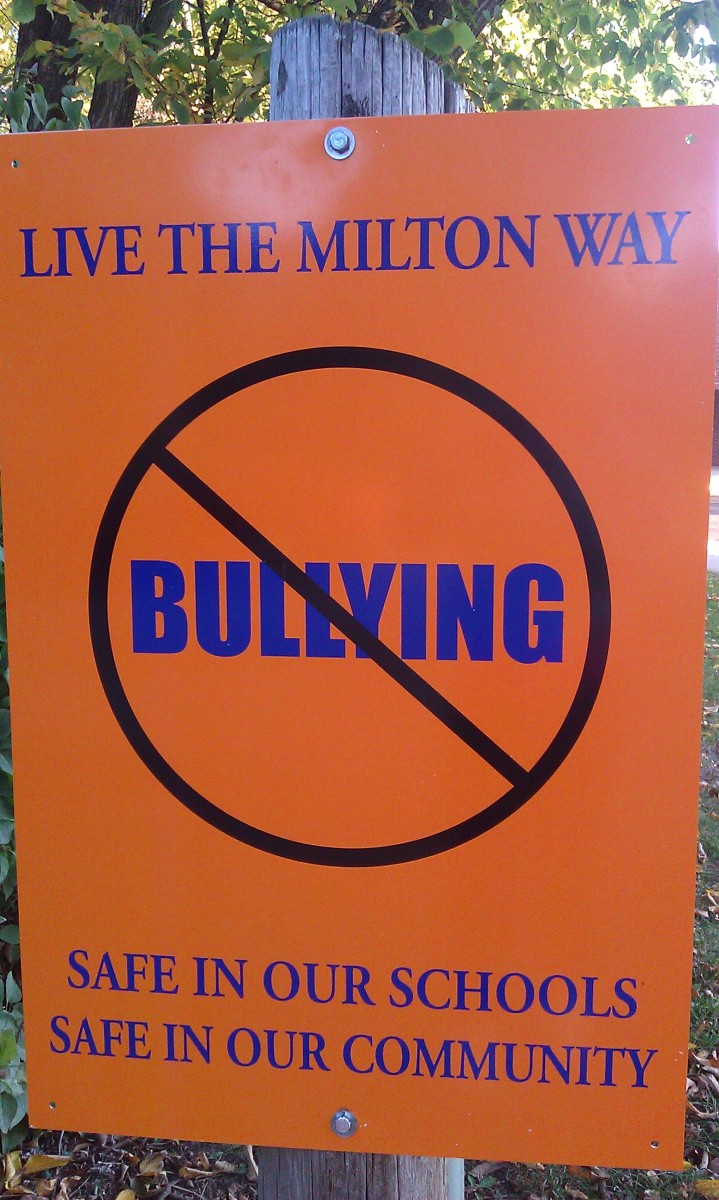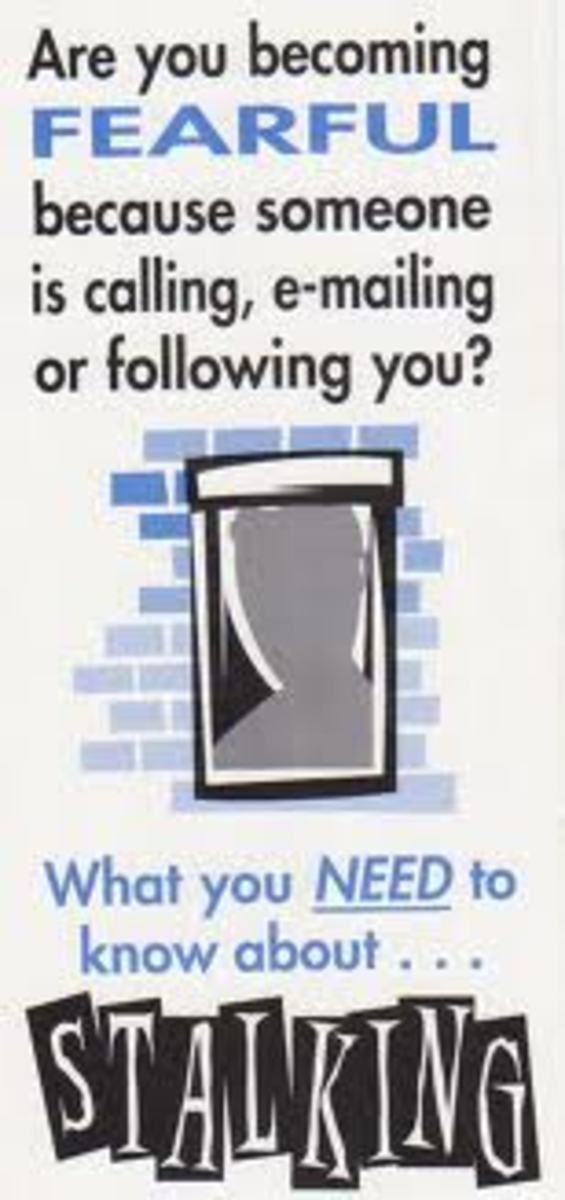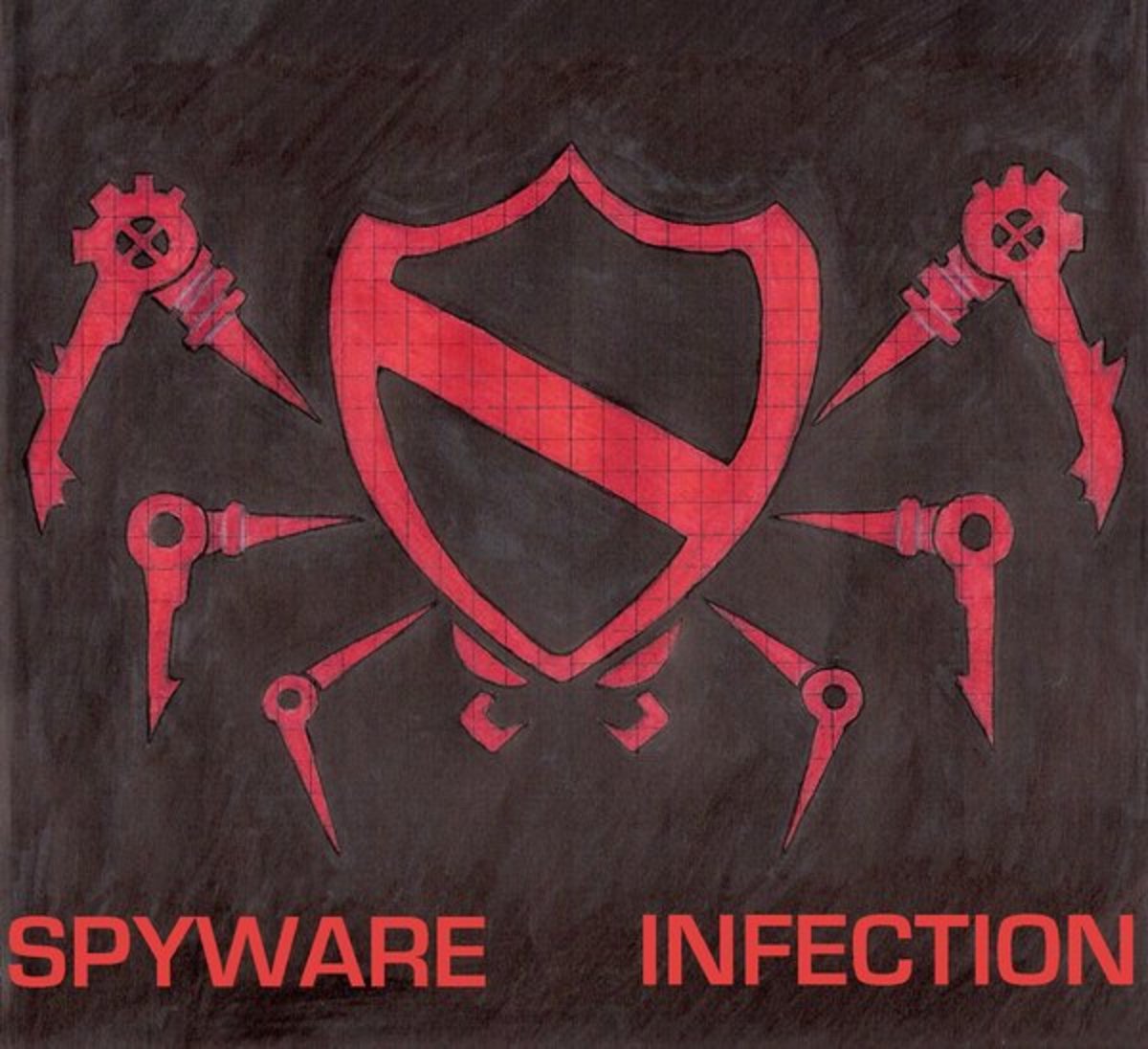How to Deal with a Cyberbully
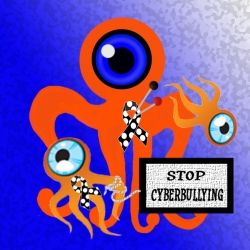
The New Face of School Violence
When a child, preteen or teen is tormented, threatened, harassed, humiliated, embarrassed or otherwise targeted by another child, preteen or teen using the Internet, interactive and digital technologies or mobile phones, it is called cyberbullying. Cyberbullying is a serious problem today and is considered the future face of school violence.
This lens addresses the issue of cyberbullying, and includes safety tips and a number of free downloadable documents that you can freely distribute.
Fifty percent of the proceeds from this lens will be donated to the Polly Klaas Foundation.
The Megan Pledge
What Is Cyberbullying?
According to StopCyberBullying.org, "cyberbullying" is when a child, preteen or teen is tormented, threatened, harassed, humiliated, embarrassed or otherwise targeted by another child, preteen or teen using the Internet, interactive and digital technologies or mobile phones. It has to have a minor on both sides, or at least have been instigated by a minor against another minor. Once adults become involved, it is plain and simple cyber-harassment or cyberstalking. Adult cyber-harassment or cyberstalking is NEVER called cyberbullying.
It isn't when adult are trying to lure children into offline meetings, that is called sexual exploitation or luring by a sexual predator. But sometimes when a minor starts a cyberbullying campaign it involves sexual predators who are intrigued by the sexual harassment or even ads posted by the cyberbullying offering up the victim for sex.
The methods used are limited only by the child's imagination and access to technology. And the cyberbully one moment may become the victim the next. The kids often change roles, going from victim to bully and back again.
Children have killed each other and committed suicide after having been involved in a cyberbullying incident.
Cyberbullying is usually not a one time communication, unless it involves a death threat or a credible threat of serious bodily harm. Kids usually know it when they see it, while parents may be more worried about the lewd language used by the kids than the hurtful effect of rude and embarrassing posts.
Cyberbullying may arise to the level of a misdemeanor cyberharassment charge, or if the child is young enough may result in the charge of juvenile delinquency. Most of the time the cyberbullying does not go that far, although parents often try to pursue criminal charges. It typically can result in a child losing their ISP or IM accounts as a terms of service violation. And in some cases, if hacking or password and identity theft is involved, can be a serious criminal matter under state and federal law.
Here is a list of some ways cyber bullying occurs:
- A bully can post a hateful messages to your child's public space on a social networking site.
- A cyber bully can send thousands of text messages to your child with the same kind of threat.
- A cyber bully can lie to an ISP saying your child violated a law resulting in your child being banned from a particular site.
- A cyber bully can say mean things in a chat room or during a game chat.
Take the Squid Pledge
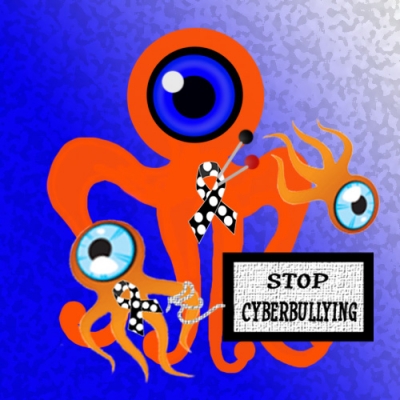
Safety Tips
Safety Tip #1: Report threats to the police
If you think there is a threat to your or someone else's safety, call 9-1-1, or let your local police know asap. You will not get in trouble for making a report.
Safety Tip #2: Ways to Deal with a Cyber Bully
Being bullied is no fun. Here are some things you can do to make it stop: call the police; delete your profile; document your harassment; don't respond.
Safety Tip #3: Don't meet people in real life that you only "know" online.
Predators are out there. Don't meet people in real life. If you do decide to meet someone, tell your parents first, meet in a public place, and bring a trusted adult.
Safety Tip #4: Don't Get Scammed
Never respond to a piece of spam. Never provide a password unless you are 100% sure you are on the right site.
Safety Tip #5: Report Nudity, Harassment, and Hate Speech
Report nudity, harassment, hate speech, and other inappropriate content you observe on the web. Call the cops if you think anyone is in danger.
Safety Tip #6: Never Divulge Personal Information
Don't give out your contact information. On public websites like MySpace, Facebook, and myYearbook the whole world can see your profile. Don't post your phone number, address, IM, or specific whereabouts.
Safety Tip #7: Take Threats Seriously
If you read threats of suicide, violence, or illegal behavior on a profile or message, call your local authorities. Tragedies like Columbine or VA Tech can be avoided when people report suspicious or questionable content.
Recommended Reading
Cyberbullying Downloadable Documents
As the new school year is upon us, the Cyberbullying Research Center has created some new resources which are believed to help educate youth, parents, and school professionals in a comprehensive but concise way. They include the following documents that may be downloaded, reproduced, and distributed them as far and as wide as you'd like:
- Top Ten Cyberbullying Response Tips for Educators
informs school professionals on how best to deal with cyberbullying cases when they occur among your students - Top Ten Cell Phone Use Tips for Teens
specifies what teenagers need to keep in mind as they use cell phones at home, at school, and in vehicles




